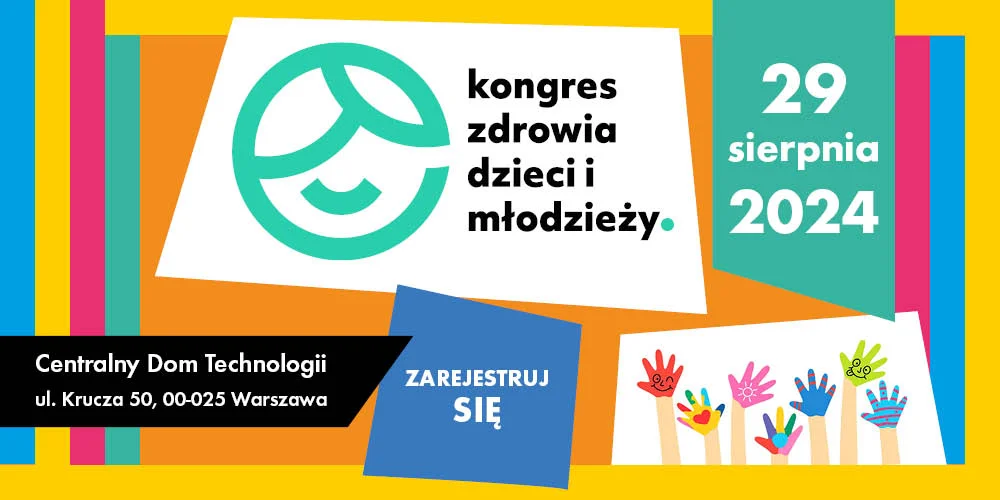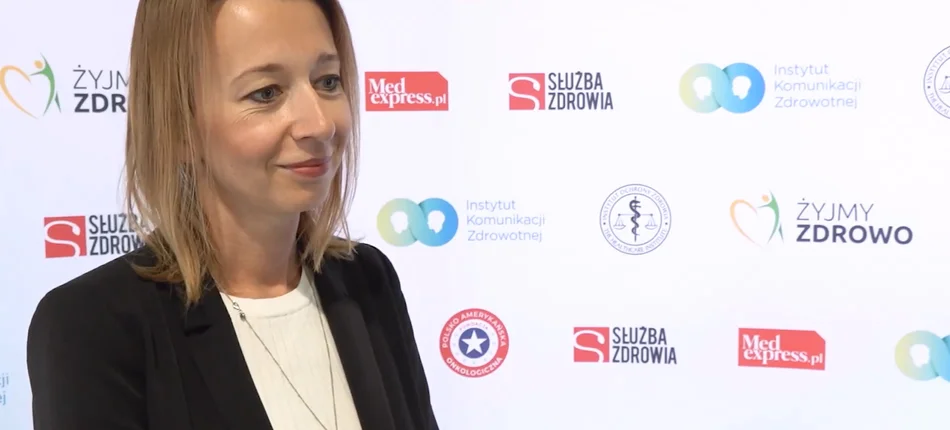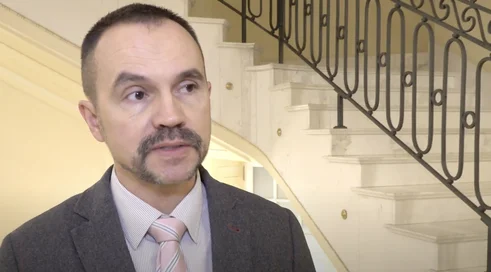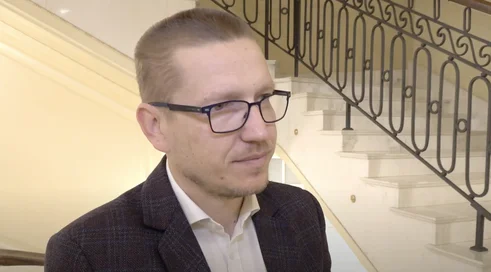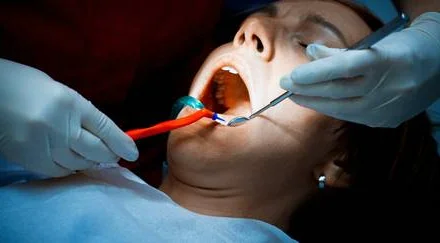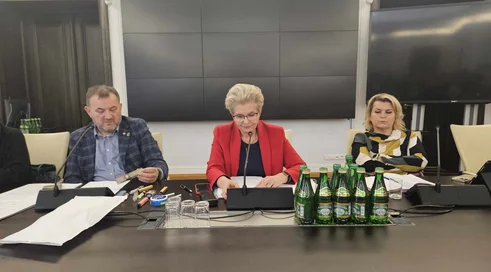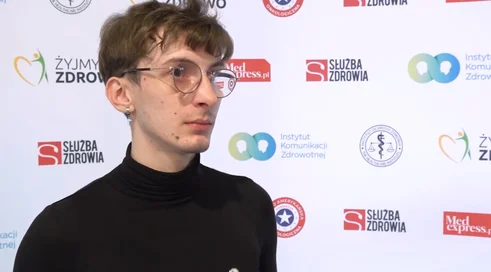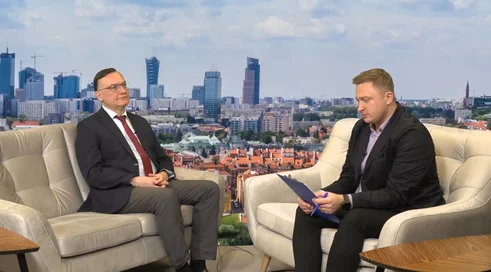What kind of disease is asthma? How many people suffer from it, what is the diagnosis and treatment, and what challenges do we have in its context?
It's one of the most common chronic respiratory diseases, but it's also one of the most common diseases of civilization in the 21st century. According to the World Health Organization, some 339 million sufferers face it, but estimates say that this number will increase by 100 million by 2025. The scale is thus striking. The Polish figures are not optimistic either. We have about 4 million people in our country with ast...
Content locked
To gain access to the complete English section of the Medexpress.pl, kindly reach out to us at [email protected].




